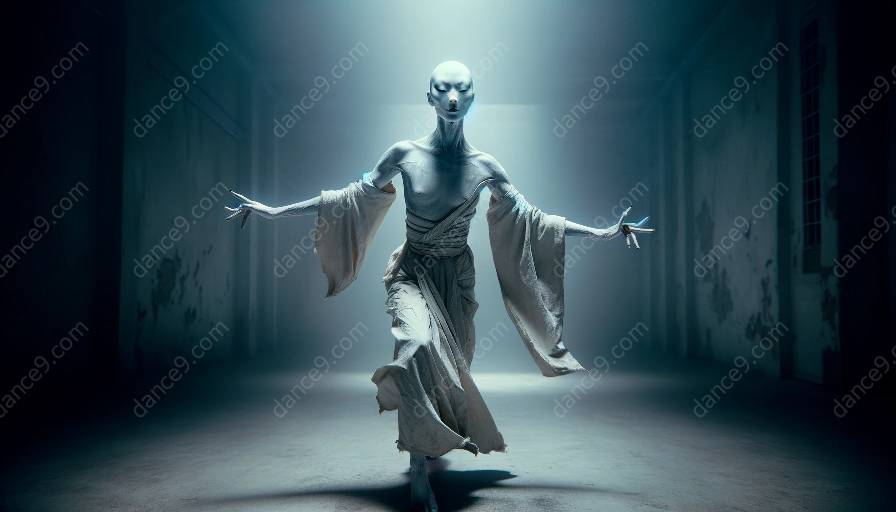Butoh, a Japanese avant-garde dance form, challenges societal norms and conventions through its unconventional movements and deep expressive qualities. Its unique approach to movement and expression defies traditional dance norms, sparking critical insights into cultural and social constructs.
At its core, Butoh serves as a platform for artists and dancers to question, deconstruct, and ultimately challenge prevailing societal norms. This not only occurs through the movement itself but also in the philosophy and intentions behind Butoh.
The Origins of Butoh
Butoh emerged in postwar Japan as a response to the societal upheaval and cultural shift that followed World War II. It was a radical, unconventional art form that sought to rebel against established norms and ideologies, both within the dance world and society at large.
Originating in the late 1950s, Butoh was co-created by Tatsumi Hijikata and Kazuo Ohno. Drawing inspiration from the trauma and turmoil of the wartime period, Butoh offered a direct challenge to societal expectations, engaging with darkness, the subconscious, and the grotesque.
Movement as a Challenge
Butoh challenges societal norms and conventions primarily through its movement vocabulary. Unlike traditional dance forms that prioritize technical prowess, Butoh emphasizes raw, uninhibited movements that break away from the standard aesthetic ideals of grace and beauty.
These movements range from painfully slow and controlled to explosively chaotic, often contorting the body in ways that challenge common perceptions of beauty and control. By pushing the boundaries of physical expression, Butoh forces audiences to confront their preconceived notions of the body and its capabilities.
Expression Beyond the Surface
While the movement is a primary tool for challenging norms, Butoh also invites a deep reflection on the emotions and experiences that society often suppresses. Through visceral, often grotesque facial expressions and body gestures, Butoh dancers bring to light the inner turmoil and suppressed emotions that arise from societal conventions.
This intentional rebellion against superficial norms creates a powerful dialogue between the performers and the audience, challenging ingrained societal attitudes towards beauty, control, and emotional expression. Butoh becomes a catalyst for critical examination of societal standards and the need for authentic self-expression.
The Role of Butoh in Dance Classes
As dancers and performers continue to seek new avenues for self-expression and exploration, Butoh has found its place within dance classes. Its unconventional approach offers a unique opportunity for dancers to expand their movement vocabulary and challenge prescribed ideas of dance aesthetics.
Integrating Butoh into dance classes encourages students to embrace vulnerability, explore their inner emotions, and confront societal norms in a safe, supportive environment. Through this practice, dancers develop a deeper understanding of their own physicality and emotional authenticity.
Embracing the Essence of Butoh
Ultimately, Butoh challenges societal norms and conventions by encouraging a profound exploration of the human experience. Its unconventional movements, deep expressive qualities, and philosophical underpinnings disrupt ingrained expectations, fostering a critical lens through which to view cultural and social constructs.
Whether studied within the context of a dance class or observed as a performance art form, Butoh continues to serve as a potent force for societal transformation, challenging norms, broadening perspectives, and ushering in a deeper understanding of the human condition.













































































